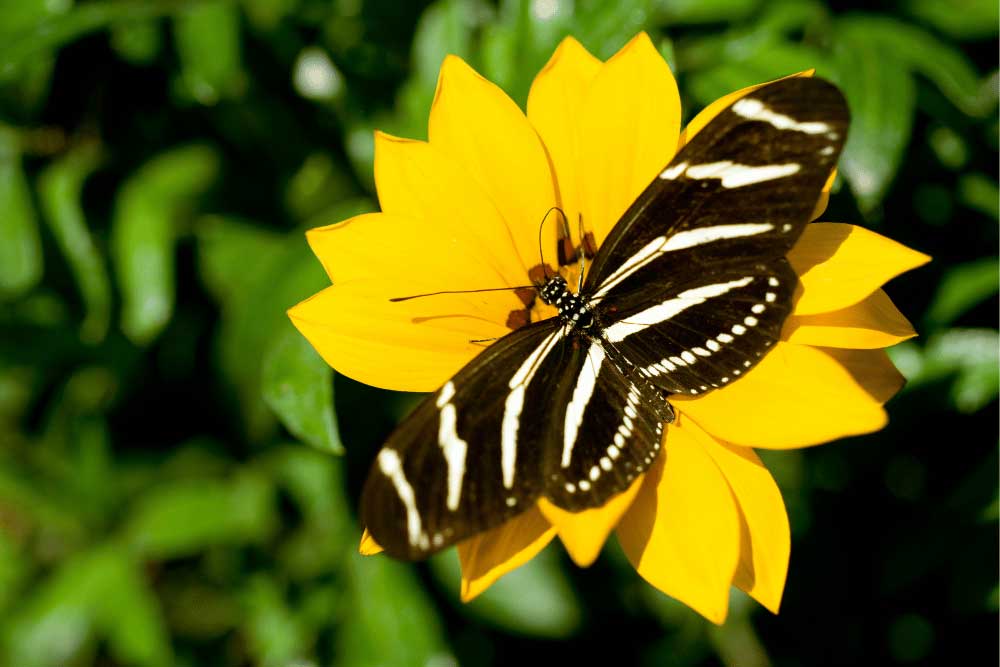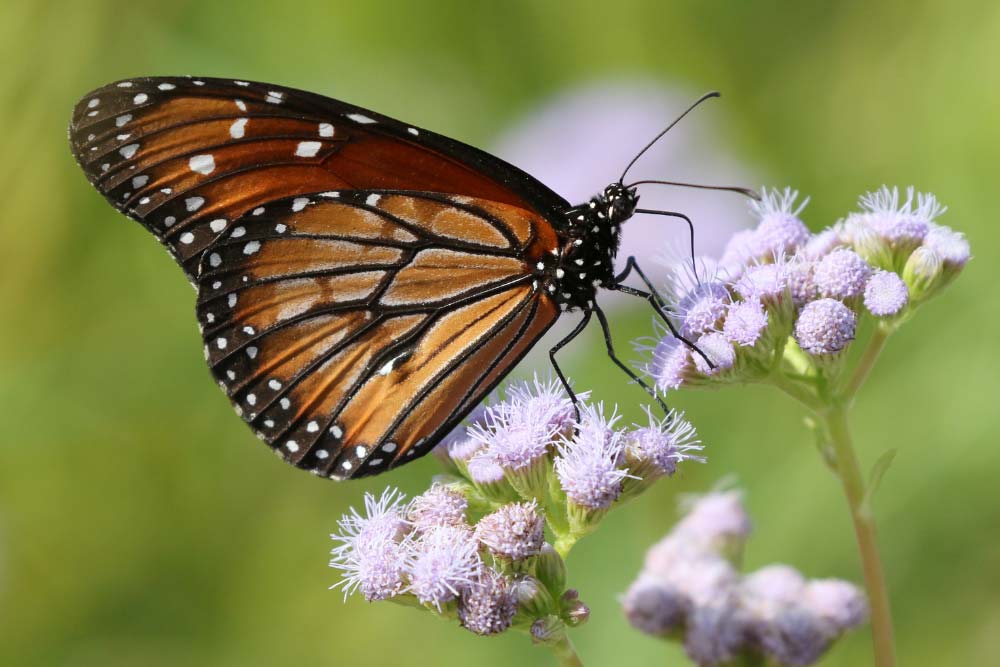
Scientific Name
Danaus plexippus
Average Life Span
Two to six weeks except for the last generation of the year, which can live up to 8 to 9 months.
Wingspan
3 - 4 inches (7 - 10 cm)
The monarch butterfly (Danaus plexippus) is one of the world’s most famous and identifiable butterflies. The monarch is known for its vivid orange wings with black veins and white patches, and its beauty captivates both casual viewers and seasoned naturalists. Beyond its aesthetic appeal, the monarch’s incredible annual migration voyage of thousands of miles demonstrates its durability and adaptability. The monarch butterfly occupies a special place in many people’s hearts, providing an intriguing subject of research and motivation for conservation efforts worldwide.
Classification
Family: Nymphalidae
Subfamily: Danainae
Genus: Danaus
Species: D. plexippus (Synonyms: Papilio plexippus, Danaus archippus, Danaus menippe, Anosia plexippus)
NATIVE RANGE
Monarch butterflies live across North America, wherever suitable conditions for feeding, reproducing, and overwintering exist. They are divided into two distinct populations: eastern and western, separated by the Rocky Mountains.
Host Plants
The monarch butterfly’s only host plant is milkweed. There are several varieties of native milkweed in the United States, including: Common Milkweed (Asclepias syriaca), Butterflyweed (Asclepias tuberosa), Swamp Milkweed (Asclepias incarnata), Antelope-horns Milkweed (Asclepias asperula), Purple Milkweed (Asclepias purpurascens), Showy Milkweed (Asclepias speciosa), California Milkweed (Asclepias californica), White milkweed (Asclepias variegata), Whorled milkweed (Asclepias verticillata), Mexican Whorled Milkweed (Asclepias fascicularis), Desert Milkweed (Asclepias erosa), and Green Milkweed (Asclepias viridis).
Don't plant non-native milkweed
Tropical milkweed (Asclepias curassavica), a Mexico native, is an often seen milkweed in the gardening industry. Unfortunately, it can cause problems for monarch butterflies since it has the potential to spread disease and disrupt their travel patterns.
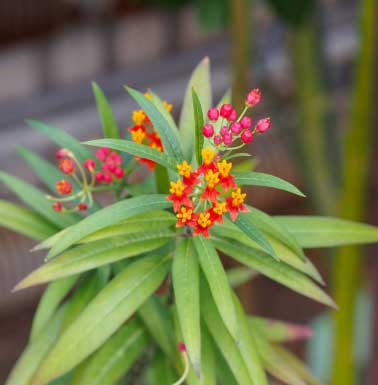
NECTAR PLANTS
The monarch butterfly feeds on a wide variety of flowers including the milkweed flowers.

Eggs
The monarch butterfly typically deposits her eggs on the underside of milkweed leaves.
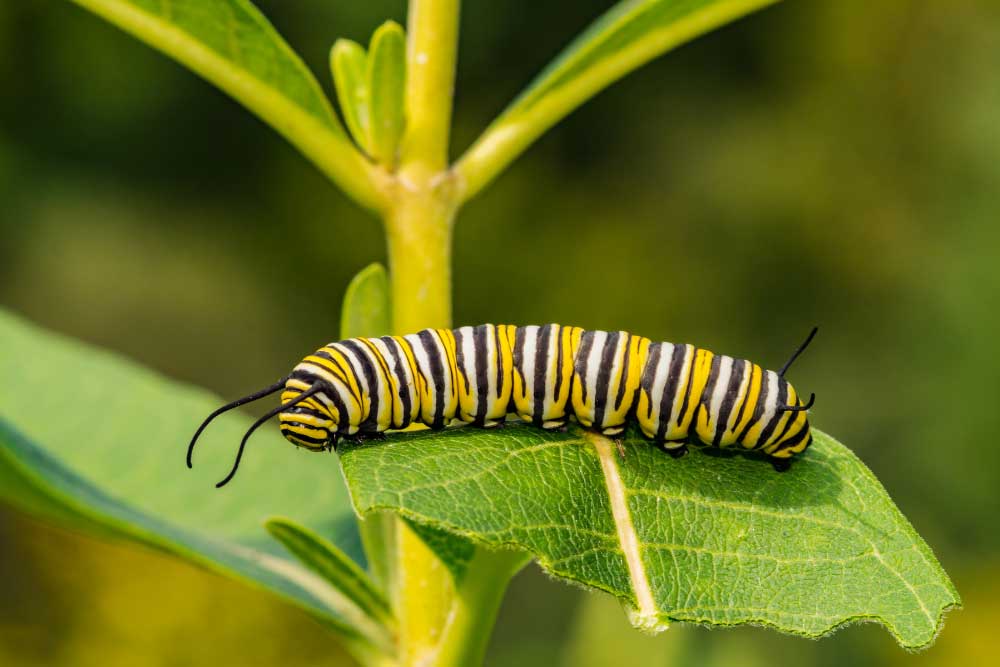
Caterpillar
Monarch caterpillars have alternating black, white, and yellow stripes. These bands serve as a warning to potential predators, showing the toxicity of the caterpillar's milkweed-based diet.
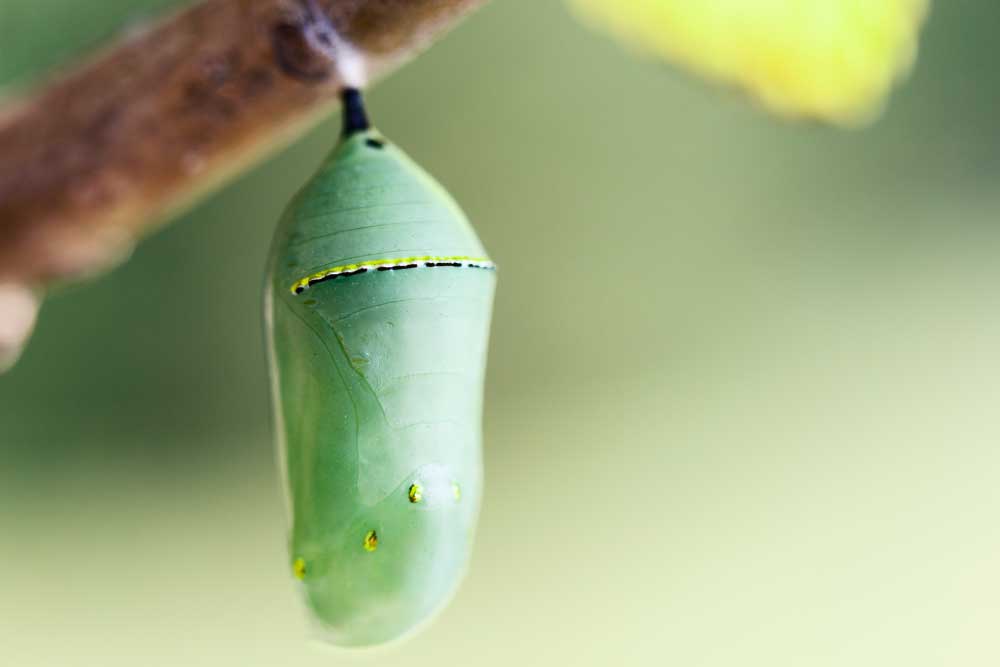
Chrysalis
The monarch chrysalis is a lovely seafoam green with a band of tiny yellow/gold and black spots. The chrysalis changes as the butterfly forms inside and becomes clear before the butterfly emerges.

